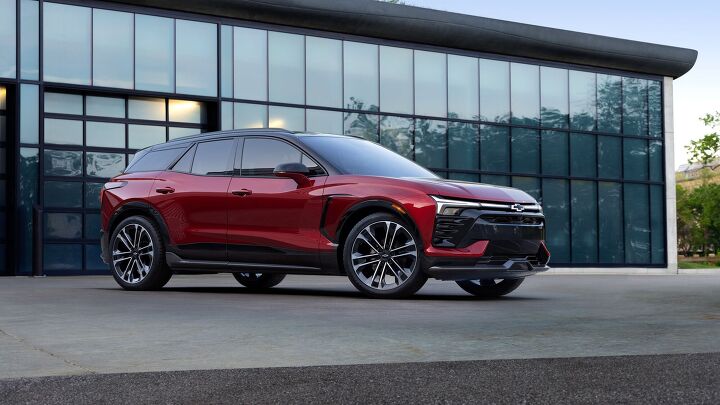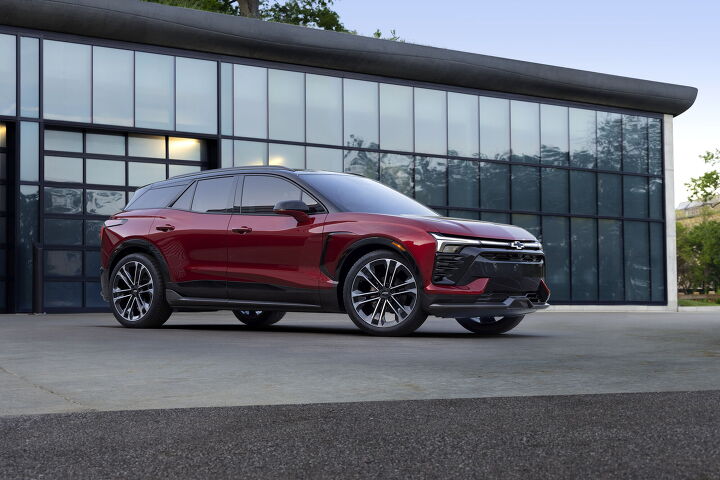#chevroletblazerev
GM Offering Reimbursement to Early Chevy Blazer EV Owners
General Motors desperately needed its next-generation EVs to make a good impression. The company is fighting Ford and others in a race to match and outperform Tesla, but it hasn’t had the best luck along the way. After announcing that Ultium-based EVs would not offer Apple CarPlay or Android Auto, GM issued a stop sale for the Chevy Blazer EV over software issues. The issues were bad enough for the automaker to offer an olive branch to early owners in the form of a financial reimbursement.
The New Chevy Blazer EV Has Stumbled Twice in Recent Tests - Hard
General Motors’ fortunes are tied heavily to its new Ultium EV technology. It underpins several existing and upcoming models and is the basis of the automaker’s EV efforts, costing billions of dollars and years of development. A few Ultium-based models have already gone on sale without too many issues, including the GMC Hummer EV and Cadillac Lyriq, but the most recent release hasn’t gone so smoothly. The Chevrolet Blazer EV has recently failed in two high-profile tests by automotive publications, raising questions about its electrical system and software.
















Recent Comments